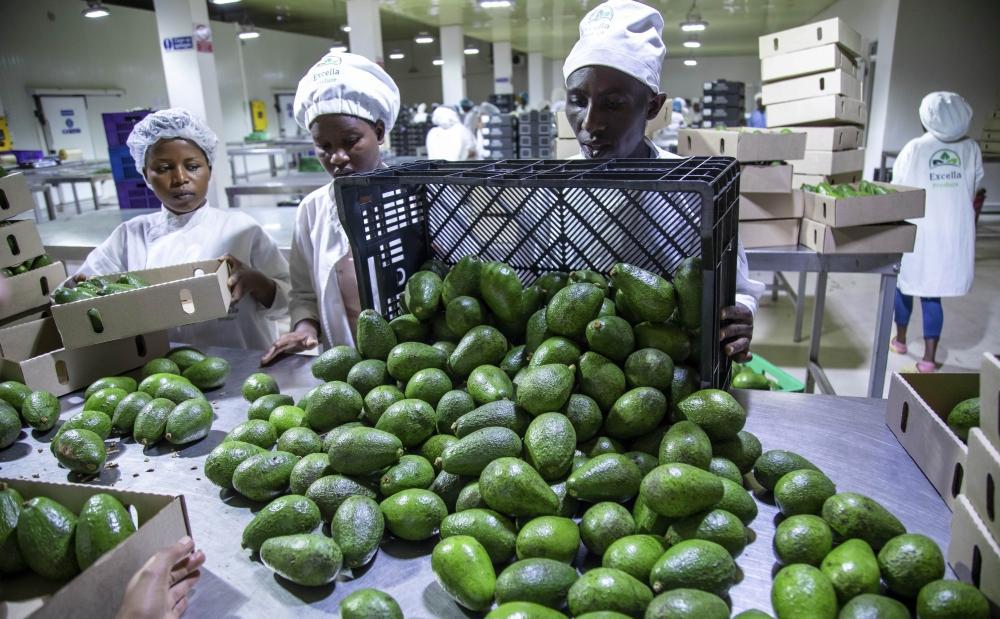Africa-Press – Rwanda. Rwanda’s agriculture sector accounted for the majority of jobs in the first quarter of 2025, according to the latest Labour Force Survey by the National Institute of Statistics of Rwanda (NISR).
The survey findings, published on April 28, show that 43.7 percent of the employed population worked in the agriculture sector (excluding subsistence foodstuff production). This was followed by the services sector, which employed 42 percent, and the industry sector, accounting for 14.3 percent.
During the period, Rwanda’s working-age population (those aged 16 and above) was approximately 8.4 million. Of these, around 4.7 million were employed, about 593,000 were unemployed, and 3.1 million were outside the labour force.
The survey also highlights positive trends in the labour market. The national unemployment rate declined to 11.1 percent, down from 12.9 percent during the same quarter in 2024. Meanwhile, the employment-to-population ratio rose by 2.8 percentage points to reach 56 percent, and the labour force participation rate increased by two percentage points.
According to NISR, labour force participation and employment levels in the first quarter of 2025 surpassed pre-COVID-19 levels, while the unemployment rate dropped significantly compared to the pre-pandemic period.
“This reflects the ongoing economic recovery and a reallocation of previously inactive labour force participants into employment,” the report noted.
Workers packaging agric-products for export in Kigali. The survey findings, published on April 28, show that 43.7 percent of the employed population worked in the agriculture sector. File
Gender gap and types of employment
Despite the gains, the gender gap in labour force participation remains significant, with a 13-percentage-point higher participation rate among males compared to females.
The survey found that elementary occupations had the highest share of employment, followed by service and sales workers, and craft-related trades workers.
Short-term or casual contracts dominated the employment landscape, with 66.3 percent of workers engaged on such terms. Females were more likely than males to have short-term or casual contracts—68.4 percent compared to 64.3 percent. The proportion of employees on short-term contracts also declined as education levels increased.
Commuting patterns
Walking remains the dominant mode of commuting for workers. The survey revealed that 84.9 percent of employed people walk to and from work, while 8.1 percent use public transport and 7 percent rely on private transport. Among public transport users, 26.1 percent reside in Kigali City.
Actual working hours
The actual number of hours worked per week decreased by an average of 2.5 hours compared to the same quarter in 2024. Male and female workers saw reductions of 2.6 and 2.4 hours respectively, though males still worked, on average, five more hours per week than their female counterparts.
Market-oriented vs. subsistence agriculture
Within the agricultural workforce, 47.5 percent were engaged in subsistence farming. Female participation in subsistence agriculture (50.7 percent) was notably higher than that of males (42.8 percent).
In contrast, male farmers continued to dominate market-oriented agriculture, with 57.2 percent involved compared to 49.3 percent of females. However, the share of female farmers in market-oriented agriculture grew by 1.2 percent during the reporting period.
Youth were also more engaged in market-oriented agriculture than adults, with 56 percent of young people involved compared to 51 percent of adults.
For More News And Analysis About Rwanda Follow Africa-Press






